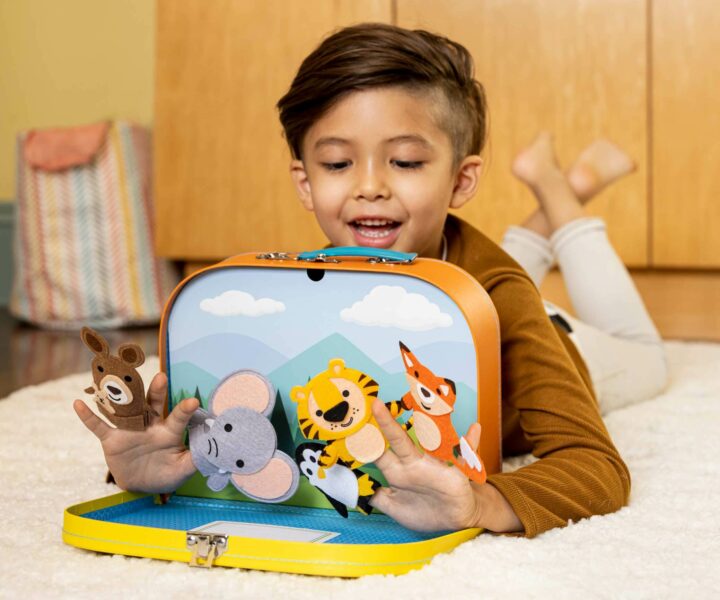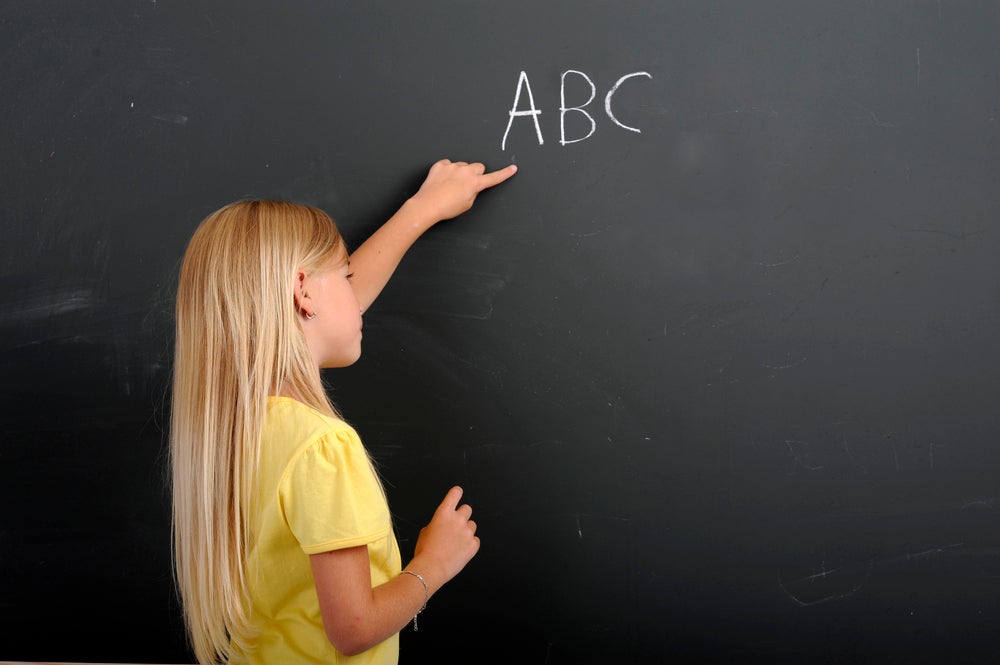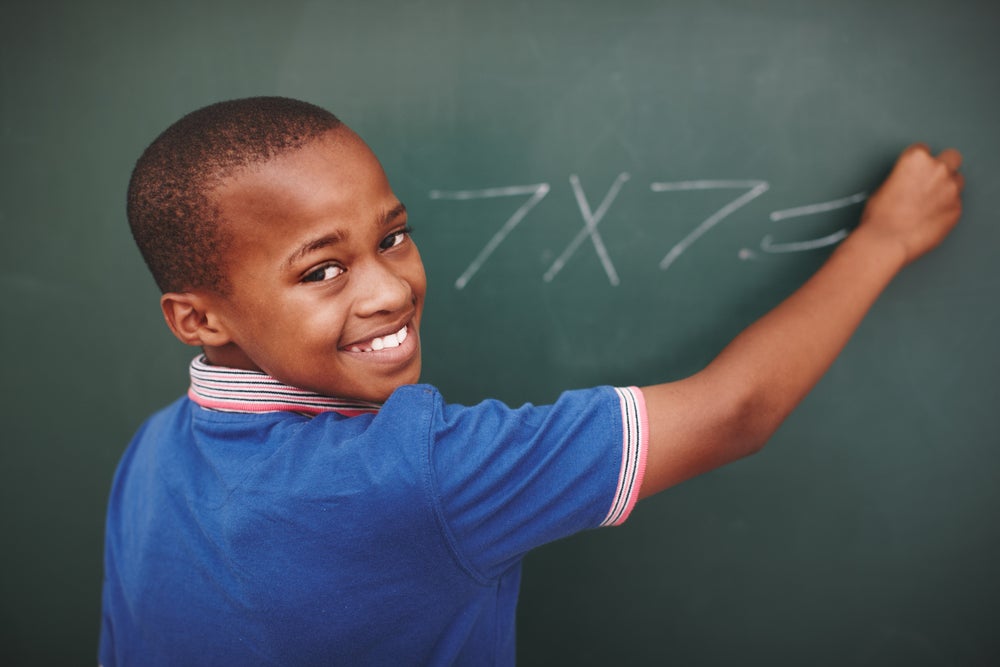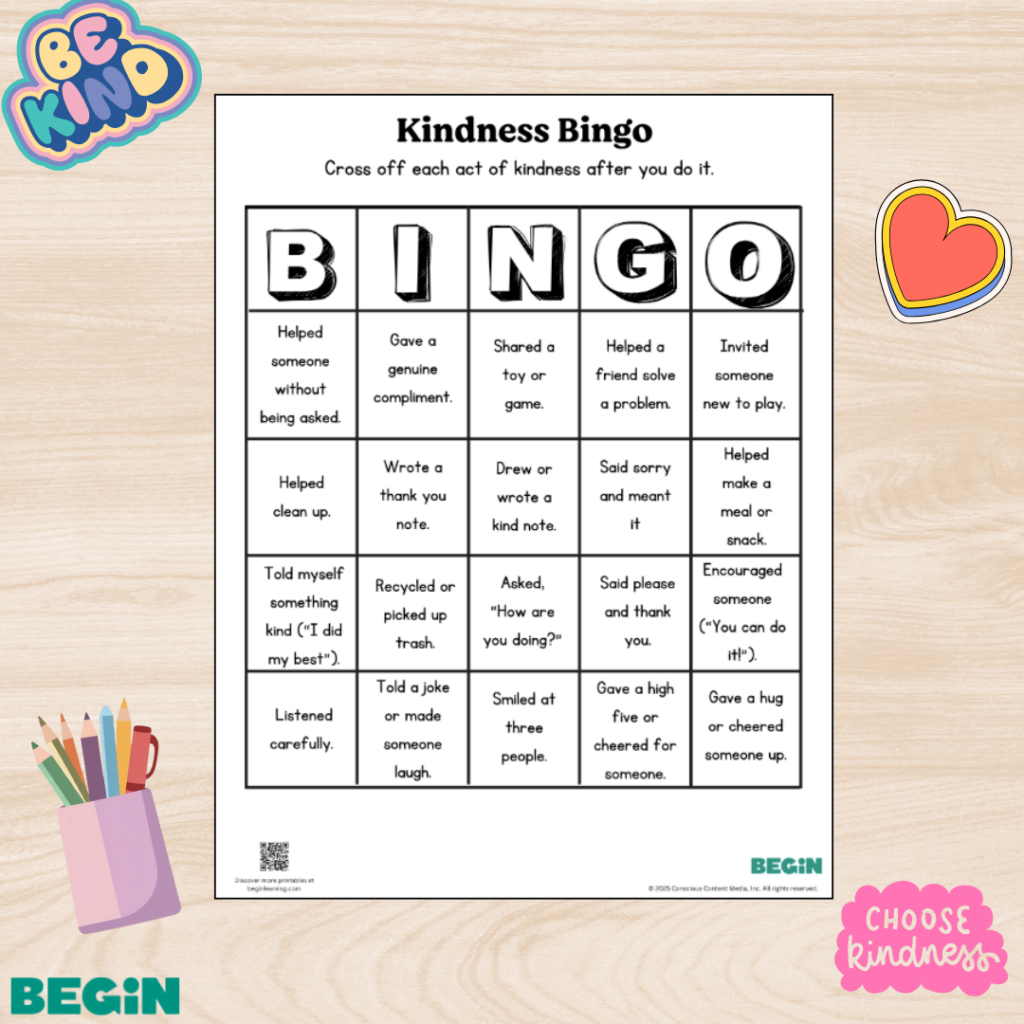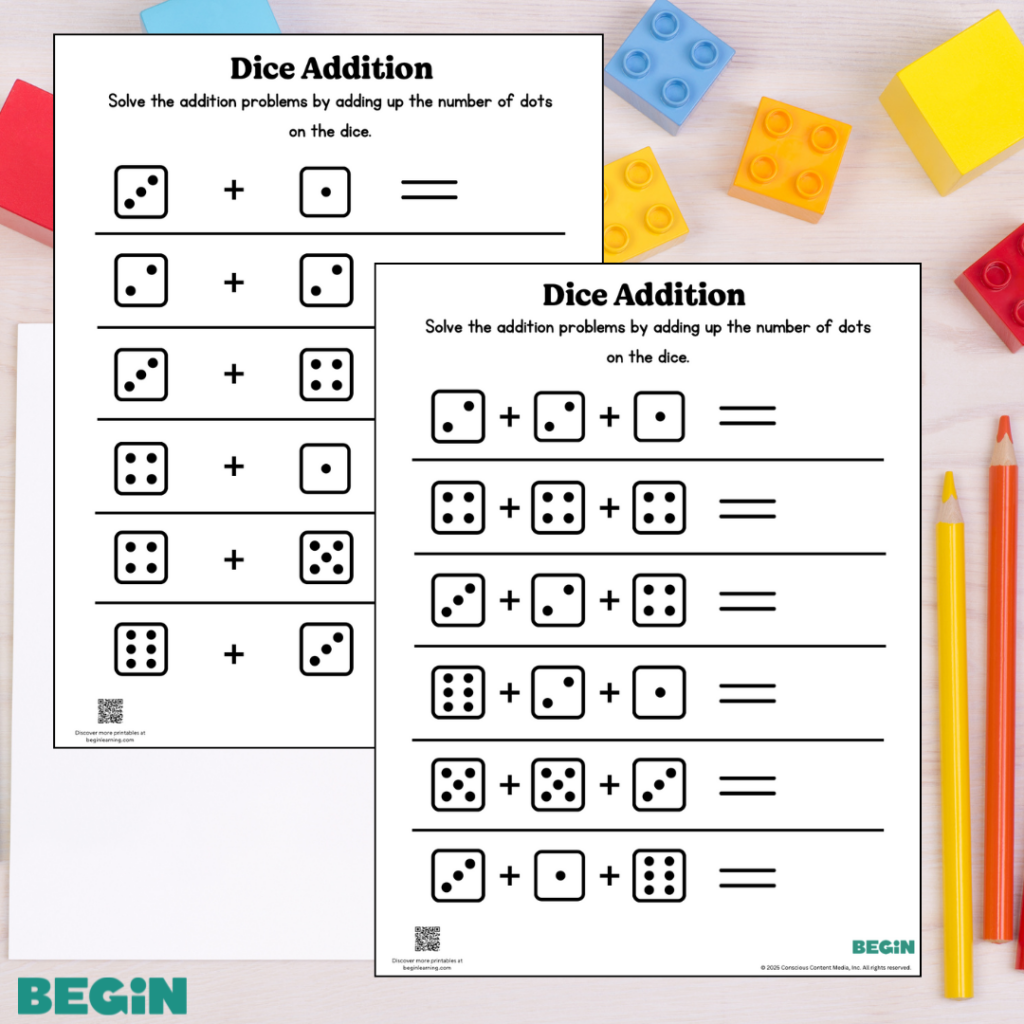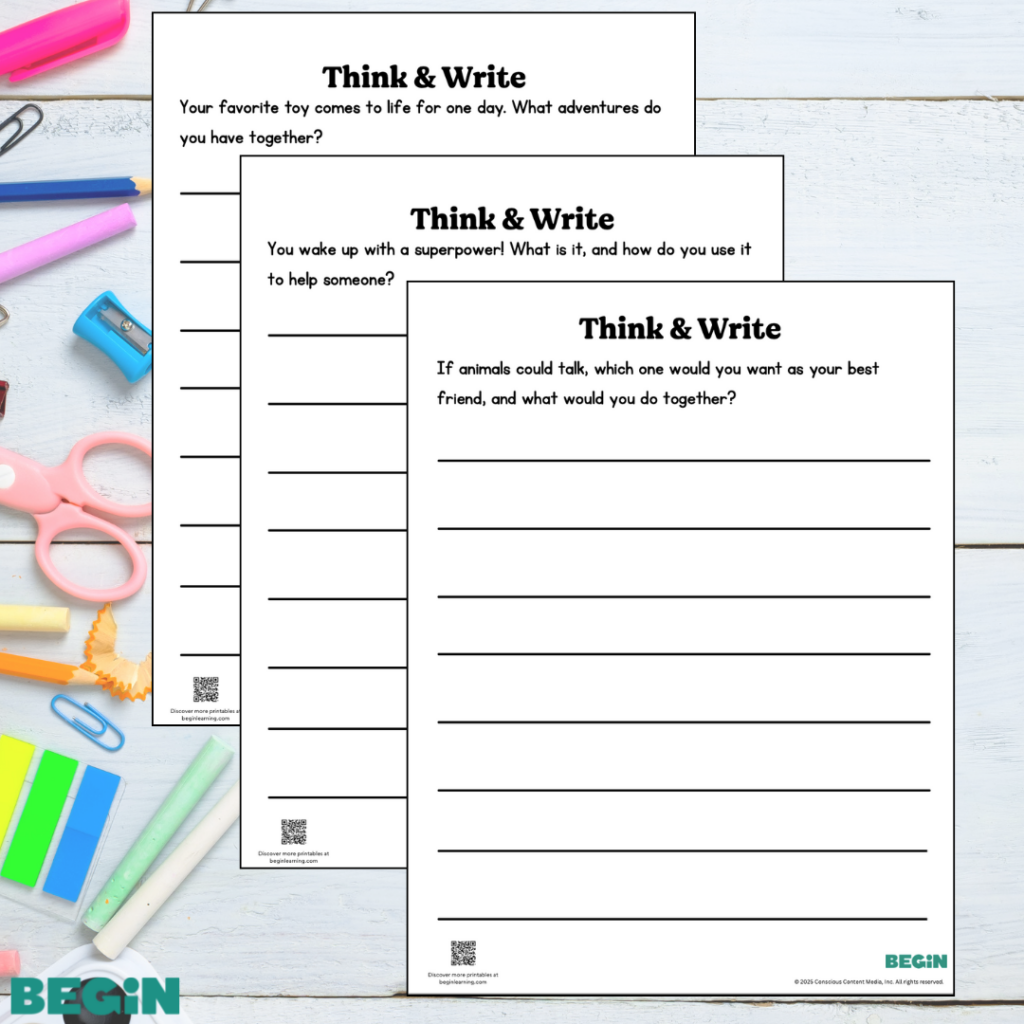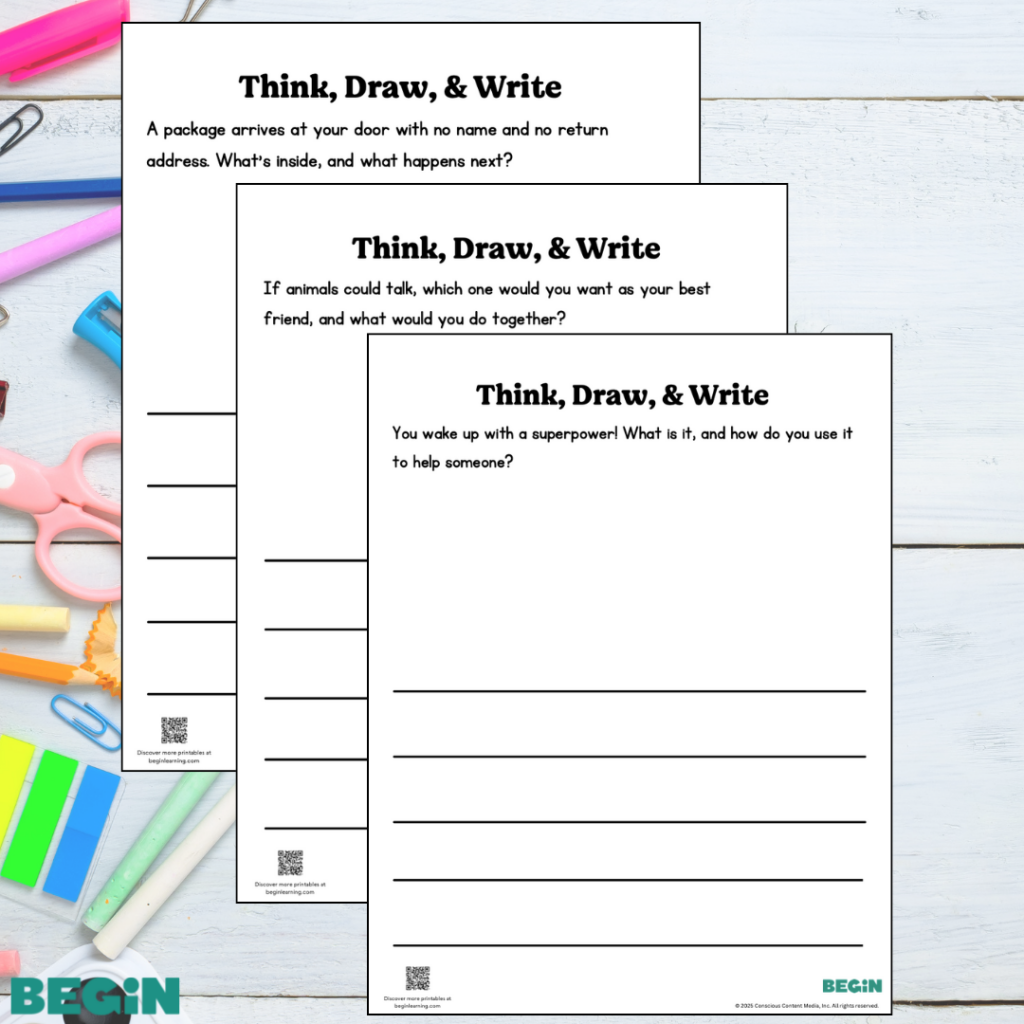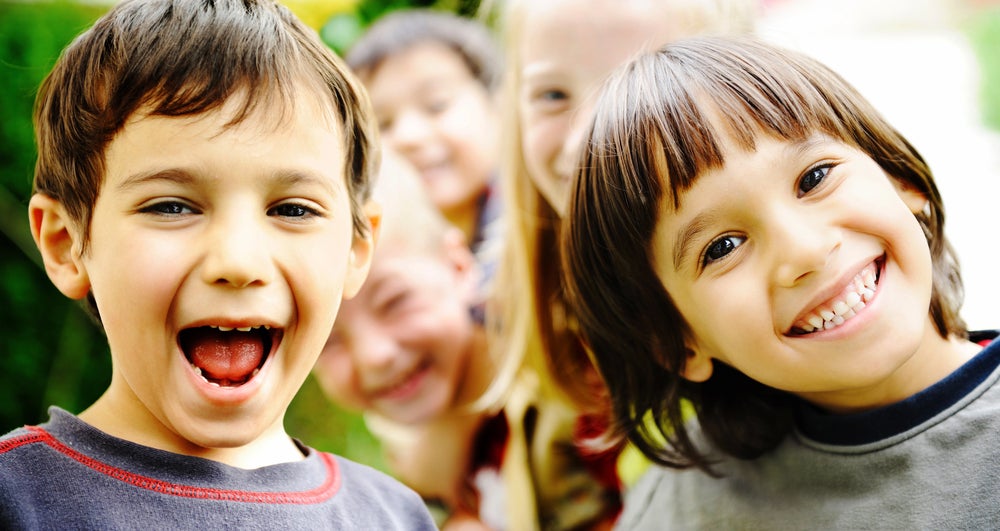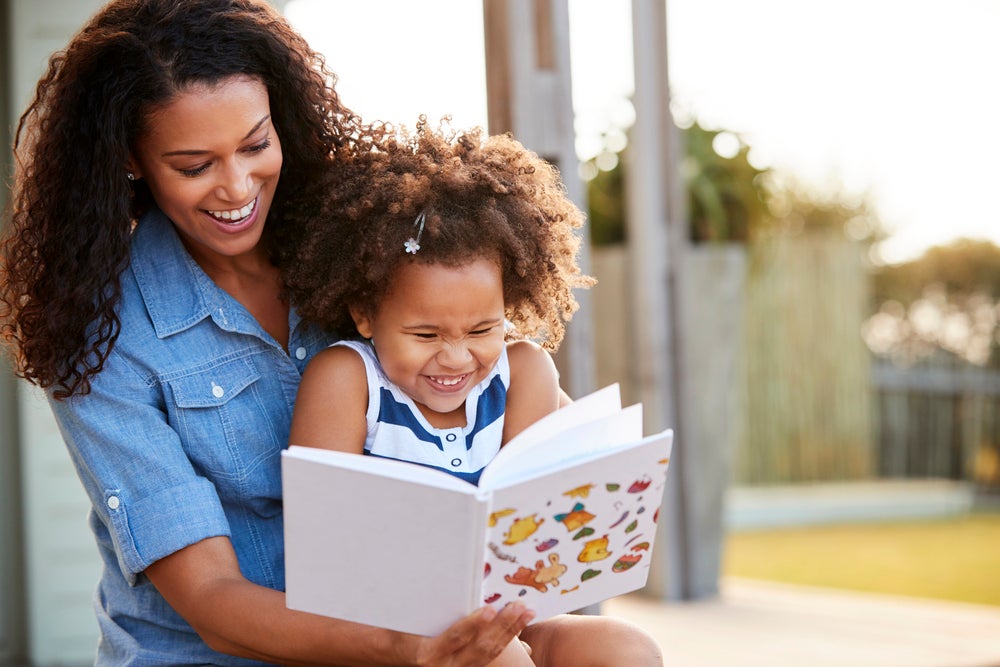You probably already know how important play is for your child’s development. But did you know that there are different types of play? Each brings something unique to the table and helps your child learn and grow in their own way.
In this article, we’ll explore 16 types of play and give examples of each. But first, let’s look at why play is such a crucial part of childhood.
Table Of Contents
Why Play Is Important
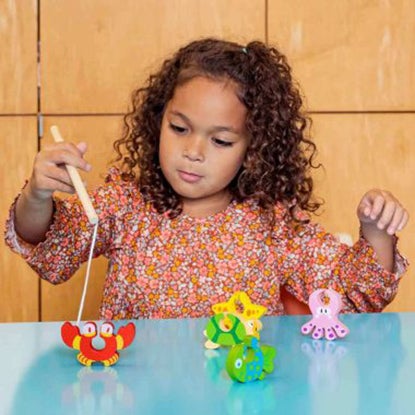
At the heart of the Begin Approach to learning are the 5 C’s: Critical Thinking, Creativity, Curiosity, Character, and Core Skills. Each of these plays a vital role in preparing your child for success in school and life.
And guess what? Play is one of the best ways to nurture these skills! Play is a natural and enjoyable way for children to learn about the world. It allows them to explore, imagine, and create without limitations.
Play is essential for optimal brain development in children. As children engage in different types of play, they stimulate various parts of the brain and strengthen neural connections. This leads to better cognitive, emotional, and social development.
Types Of Play
Not all play is the same, and that’s what makes it so exciting!
Play researchers and experts have identified 16 different types of play. While some may seem similar, they each have nuances that make them unique. The examples below will help you better understand the differences between them.
Please note that these types are not mutually exclusive. Your child might engage in multiple types of play at the same time or switch between them as they see fit. This is part of the beauty of play—it allows children to be creative and spontaneous.
1) Symbolic Play
When your toddler holds a rectangular block up to their ear and pretends to talk into it, it’s symbolic play. This is when a child uses objects to represent something else. This type of play can help kids complete tasks, self-regulate, and negotiate.
Here are a few examples:
- Creating a circle out of a jump rope to represent a lake
- Using a stick as a magic wand
- Holding a toilet paper tube like a spyglass
2) Rough-and-Tumble Play
Have you ever seen children chasing each other, wrestling, or playfully pushing? That’s rough-and-tumble play. It involves physical contact and can sometimes look like fighting. But it’s not aggressive or harmful; everyone involved is having fun.
Rough-and-tumble play helps children develop gross motor skills, coordination, and spatial awareness. It also teaches them about boundaries, self-control, and empathy.
It can look like:
- Making a people pyramid
- Playing tag
- Engaging in physical competitions like seeing who can throw a ball the farthest
3) Socio-Dramatic Play
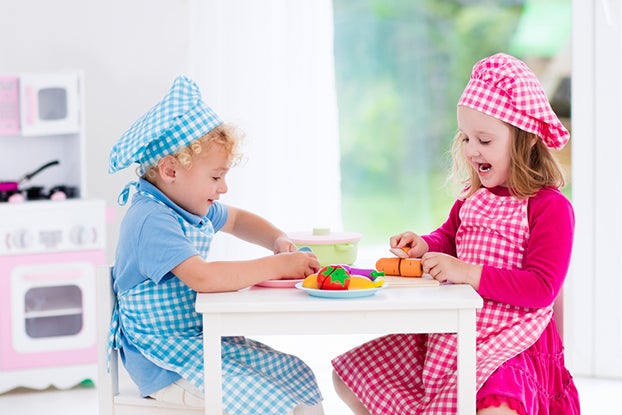
When two or more kids pretend together, they engage in socio-dramatic play. This is when children take on roles and act out scenarios inspired by real-life experiences or stories.
It’s a great way to practice social skills and can help children consider different perspectives.
They might:
- Play house or family
- Pretend to shop at a farmer’s market
- Reenact a memorable scene from a favorite movie
4) Creative Play
In creative play, your child is only limited by their imagination. They can use familiar items in new ways and create something completely unique. This type of play is open-ended, meaning there’s no specific goal or outcome.
Creative play is great for helping kids develop creativity as well as physical, emotional, motor, social, and problem-solving skills.
When playing creatively, your child might:
- Make something new out of building bricks
- Express themselves by creating a new craft
- Choreograph a dance for their favorite song
5) Social Play
Social play has rules everyone should follow. It’s more structured than many other types of play and teaches children how to cooperate, take turns, and resolve conflicts.
Some examples of social play include:
- Board or card games
- Group sports like soccer or basketball
- Multiplayer video games
6) Communication Play
Your child can experiment with verbal and nonverbal communication during communication play. It uses words and body language to express ideas and feelings.
The game charades is a classic example. In it, kids act out a word and other players try to guess what it is.
Other forms of communication play include:
- Telling jokes
- Doing imitations
- Singing (either real or made up songs)
7) Dramatic Play
Dramatic play helps children develop confidence, problem-solving skills, cooperation skills, and conflict resolution. During this type of play, kids assign themselves a role and act it out—sometimes with costumes and props, though that’s not a requirement.
Your child might pretend to be a:
- Doctor operating on a stuffed animal
- Pastor leading a church service
- Contestant on a cooking show trying to whip up their best dish
8) Locomotor Play
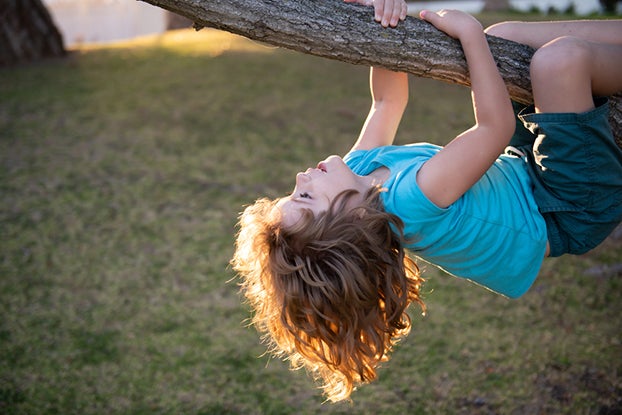
In this type of play, movement is the goal. It’s all about developing physical strength, coordination, and fine and gross motor skills. If your child is bouncing on a trampoline, they’re doing locomotor play.
Other examples include:
- Running races
- Skipping rope
- Climbing a tree
9) Imaginative Play
The laws of physics don’t exist in the world of imaginative play. Here, children create their own realities and scenarios that don’t have to make sense to anyone else. This is great for problem-solving and critical thinking.
They might:
- Pretend to have wings so they can fly around the house
- Imagine they’ve turned into a leaf
- Embark on a mission to save the galaxy from alien invaders
10) Exploratory Play
Exploratory play, also known as sensory play, involves using the senses to explore and discover. As children use their senses to manipulate and interact with different materials, they learn more about the world.
This type of play could involve:
- Making sensory bottles
- Building sand castles
- Finger painting
11) Fantasy Play
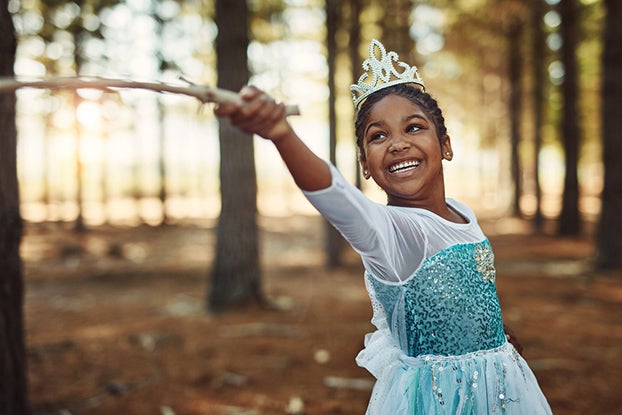
Fairy tales, superheroes, and make-believe worlds all fall under the category of fantasy play. Children often use props and costumes to fully immerse themselves in their imaginative stories. Fantasy play helps stimulate creativity and boost vocabulary.
In fantasy play, kids might:
- Turn a cardboard box into a castle they must defend against invading ogres
- Declare themselves a wizard and pretend to cast spells
- Put on a cape and save the world from evil villains
12) Deep Play
Life is full of risks. In deep play, also sometimes called risky play, your child is encouraged to take risks in a safe and controlled environment. It involves pushing boundaries, overcoming fears, and learning from mistakes.
Depending on your child’s age and ability, deep play could mean:
- Trying a new parkour move
- Climbing to the top of a rock wall
- Playing in the dark with flashlights
13) Mastery Play
In mastery play, your child tries to take control of the physical world around them. They use elements of their environment to create and explore.
Think of it as unstructured, DIY playtime. It’s best to supervise your child during this type of play to ensure they stay safe.
Your child could:
- See how deep they can dig
- Build a shelter using only natural materials they find
- Try to start a fire
14) Object Play
An object is the focus of this type of play. Your child may experiment with it, examine it, and try to learn how it works. Any object will do as long as it’s safe to play with.
Object play could mean:
- Solving a Rubik’s Cube
- Playing with a pair of children’s binoculars
- Disassembling a broken toy
15) Role Play
When a child tries integrating a new real-life skill into their imaginary play or takes on a different persona, it’s known as role play. This play is based on real-life scenarios.
Role play can include:
- Trying to dial an old rotary phone
- Pretending to be an older version of themselves
- Sweeping the floor in a game of house
16) Recapitulative Play
Throughout the ages, societies have used play to teach children about the past and how to survive in the future. This kind of play is called recapitulative play, and it can help children better understand their cultural heritage and which life skills they need most.
They might:
- Reenact historical events
- Practice a traditional dance or musical instrument
- Pretend to go hunting and then cook their catch on a make-believe fire
Encourage More Types Of Play With Begin
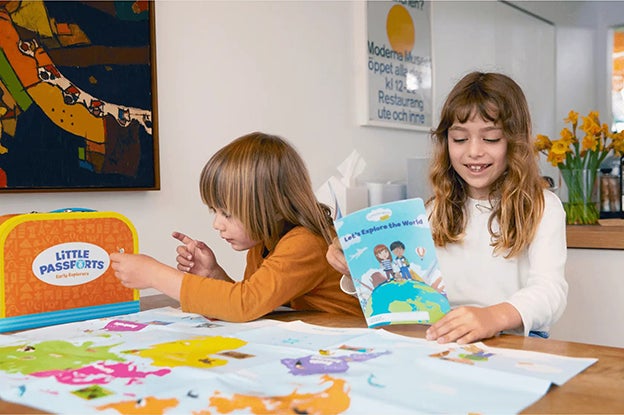
Play comes in many forms, but each helps your child learn, grow, and thrive. By giving them the time and space to engage in different types of play, you’re nurturing their physical, cognitive, and emotional development.
If you notice your child gravitating toward only one type of play, it may be time to introduce them to something new. Begin offers award-winning products that help kids thrive in school and life.
With a range of hands-on and digital activities that promote play, learning, and creativity, Begin encourages a well-rounded childhood. From coding games to monthly activity kits, we have something for every child.
Shop our products today and give your child the gift of play!
